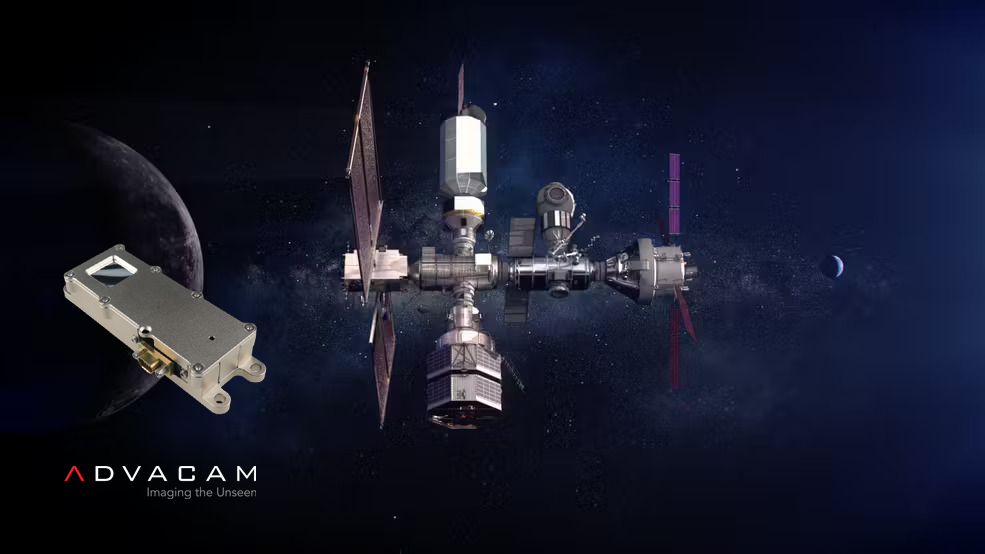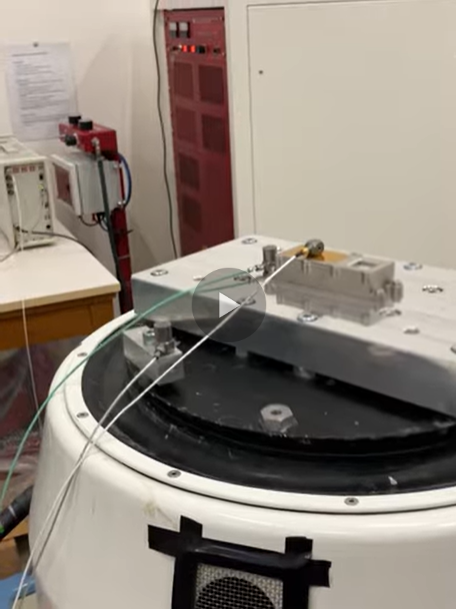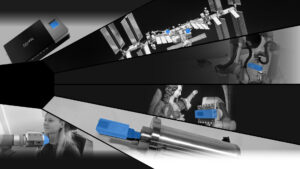The latest round of budget battles between President Trump, senators, and members of Congress has brought hope to NASA and hundreds of other global partners — the Gateway space station project might not be canceled after all. That had been a real threat if the recent White House proposal had passed. It slashed the budget for building the new station in lunar orbit, leaving funds only for its gradual shutdown.
On Wednesday (July 2nd, 2025), the U.S. Senate narrowly approved an amendment to the so-called “Big Beautiful Bill” proposed by Senator Ted Cruz. It allows additional funding for crewed exploration missions beyond the level requested by the White House. Cruz justified the amendment as an investment in winning the new space race with China and securing U.S. dominance in space.
“The amendment proposes adding at least $750 million for each fiscal year from 2026 to 2028 for full funding of the Gateway space station, and up to $350 million for 2029,” reports the specialized space portal Kosmonautix.cz.
The U.S. House of Representatives will vote on Gateway’s fate on Thursday. “Allegedly, there is strong pressure to approve the bill in the form passed by the Senate, and it seems unlikely that any amendments will even reach the debate stage in the House. However, this does not mean that the proposal will be automatically approved and sent to the President. The final decision is expected in the coming hours,” adds Jiří Hošek from Kosmonautix.cz.
Nervousness Among Suppliers
Not only NASA is anxiously watching the battle over Gateway funding, but also the European Space Agency (ESA), Canada, Japan, and hundreds of smaller countries and companies that are involved in this highly ambitious mission. The Gateway space station, orbiting the Moon, aims to test the effects of the space environment on human crews in preparation for manned missions to the Moon, Mars, and beyond. These areas face much harsher conditions than those near Earth, such as aboard the International Space Station (ISS). Cosmic radiation is hazardous.
Aboard Gateway, specifically in the HALO module, an internal radiation dosimetry system called IDA (Internal Dosimetry Array) is to be installed, developed under a project funded by the European Space Agency (ESA). One of the key instruments in this detector array is currently being finalized by Czech company ADVACAM, which has long supplied miniaturized chips for detailed radiation analysis to customers, including ESA and NASA.
“It will monitor radiation doses to which astronauts are exposed. It will also generate scientific data for radiation mapping, shielding assessments, and more. Our detector can provide real-time information on particle type, energy, direction, time of impact, and point of impact,” explains Tomáš Komárek of ADVACAM.
Detector Survives Launch Vibrations and Temperature Changes
Tomáš Komárek recently led environmental testing of the completed detector (video). Vibration and thermal tests were conducted at the VÚTS laboratories in Liberec. “The vibration tests determine whether the detector can survive mechanical stresses during launch. We also passed thermal tests, where the detector was cooled and heated to temperatures ranging from -25°C to +85°C. The detector was able to survive and remain functional,” adds Komárek.
Partners in the IDA project — which include, besides ADVACAM, HUN REN Centre for Energy Research and REMRED Ltd from Hungary, Germany’s DLR German Aerospace Center, Airbus, and Japan’s space agency JAXA — can only hope that the Gateway project gets the green light, and their work does not go to waste.



